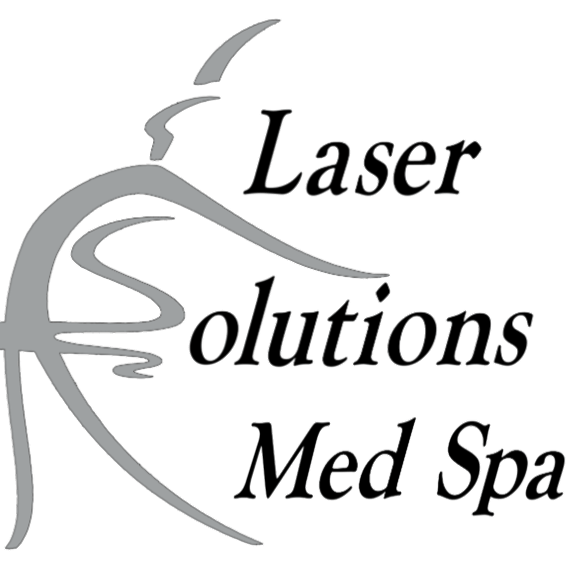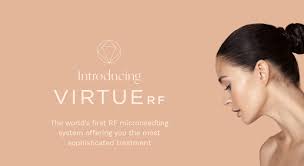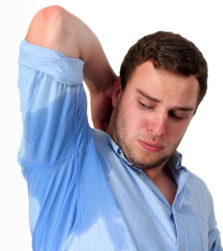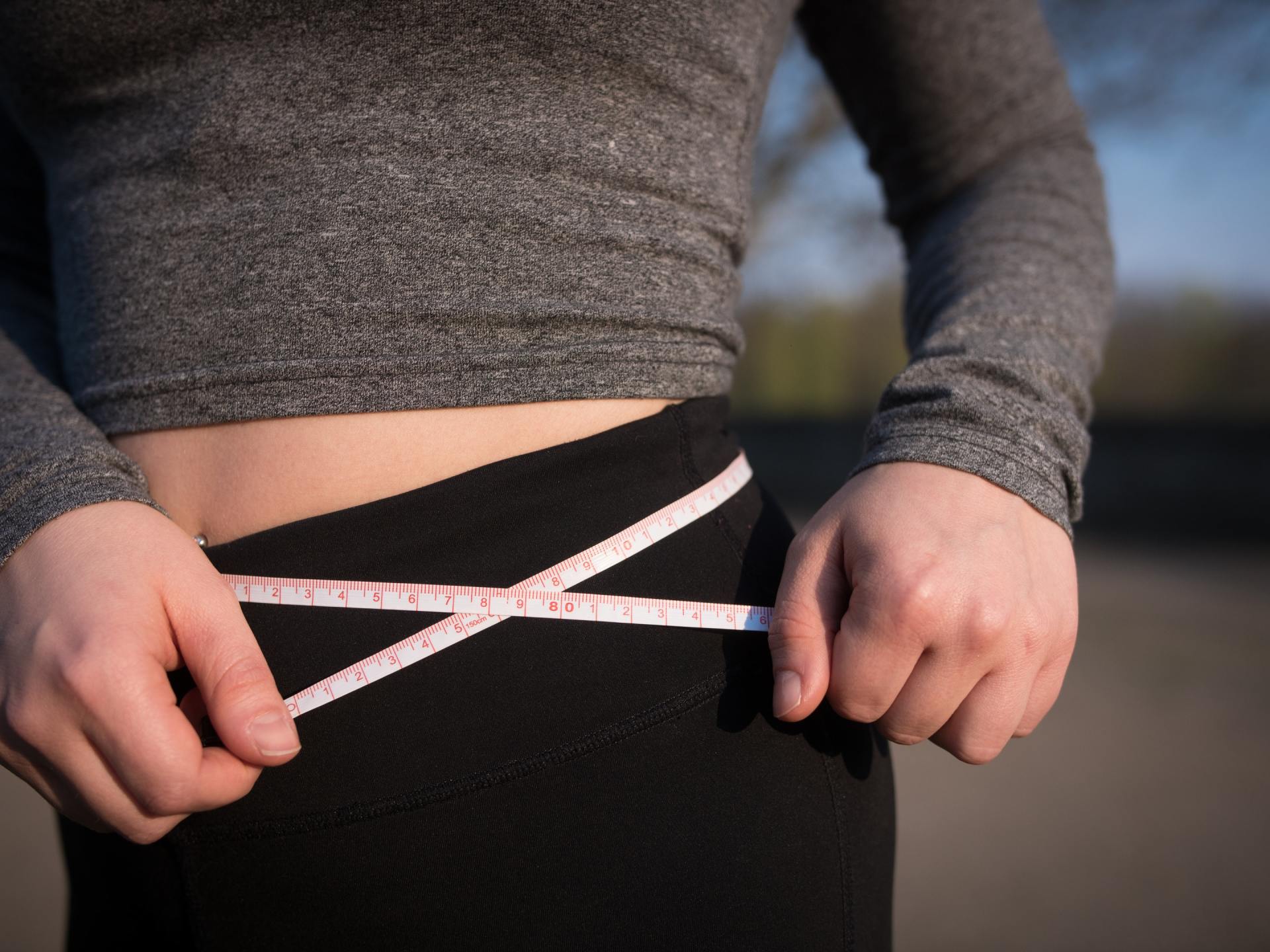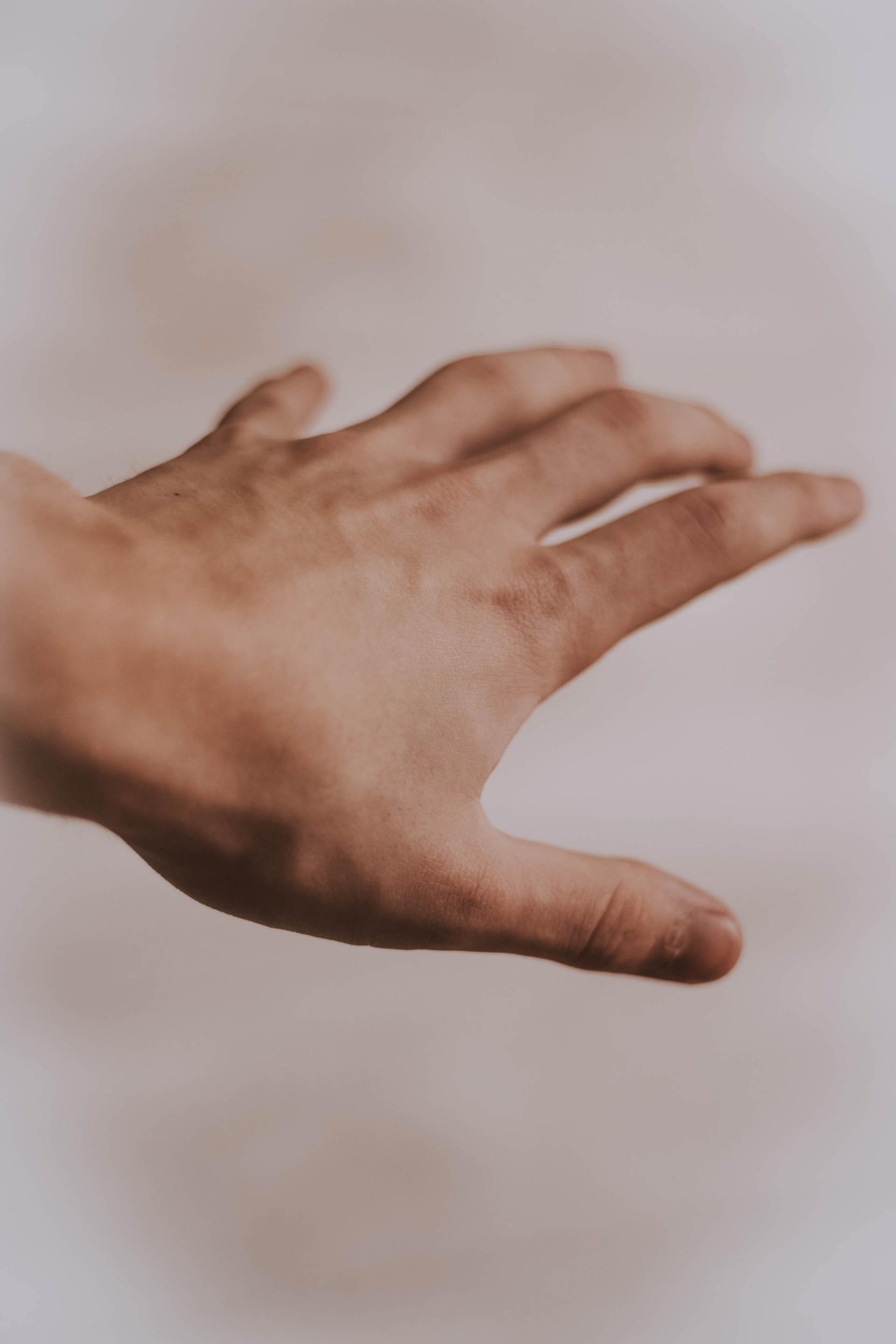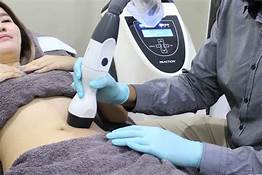Differences in Various Skin Resurfacing (Facials) Therapies
Dr Russell Gornichec • December 5, 2019
Considering getting a facial or wondering what other options are available? Read this Blog to get more information on the various techniques and what they do best.
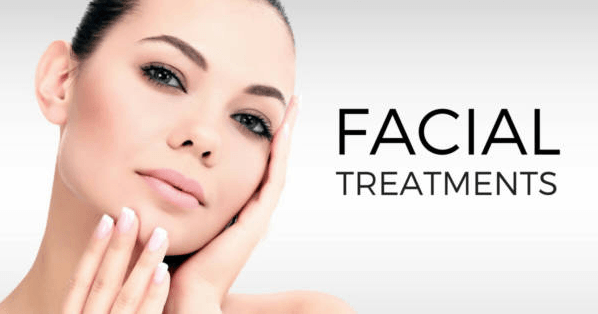
Chemical facial, micro-needling or Laser resurfacing: When it comes to treating facial blemishes which therapies are best?
Contact Our Med Spa
What options are currently available for skin resurfacing? A simple google search regarding facials and skin resurfacing will list countless products and therapies currently available that promise younger, healthier appearing skin.
For the last several decades men and women have been pursuing flawless skin. Recent advancements in technology and techniques have created some confusion on how to achieve the best skin re-surfacing for the money. How do the various techniques work to provide a younger healthier appearance and are the newer non-invasive anti-aging modalities better and are they safe?
Below I compare the most common facial (chemical peel) with the newest and hottest skin resurfacing modalities currently now available (Laser skin resurfacing and micro-needling). Understanding the benefits and limitations can assist individuals in deciding on which therapy if any is the best option for their search for younger and healthier appearing skin.
Chemical peels (cost range $150-$1500, frequency recommendations 4-6 weeks)
This type of facial, utilizing different types of acidic materials and has been around for over 100 years. During the peel process, the chemicals cause a reaction with the skin and dissolve the outer layers of dead skin to help even the skin tone and texture and promote the building of collagen. The more concentrated acidic materials break down more skin layers and promote more collagen growth depending on concentrations and length of time utilized.
Home peel kits
can be effective for removing dead skin layers and treating uneven skin tone but since the strength of the acidic material is minimal, it is like using an exfoliant or facial scrub. This treatment is not considered painful and without any significant downtime.
Superficial Peels
are the most common peel (utilized at most spas) which are quick and mild leaving the recipient with some redness lasting about 20-30 minutes. Superficial skin layers then dry and flake off over the next few days leaving less visible fine lines, large pores and some removal of light pigmentations.
Medium Peels
are not commonly painful and use a higher concentration of acid that isn’t neutralized. These concentrations of 35 percent or less are usually available only at dermatologists or plastic surgical offices. At medium depth we can start to see additional treatment of sunspots, mild ACNE scars, and improved skin tightening. The trade-off is down time which averages 5-7 days of raw appearing skin that needs constant topical salve coverage. This can be labor intensive, and most individuals will not venture out into public until resolution.
Deep Chemical Peels
also uses trichloroacetic acid, though at concentrations starting at 50% to 70% or phenol acid. At this depth we start to address more serious skin issues such as severe acne scars, excessive sun damage or looseness of the skin. At these concentrations we might begin to lighten natural skin tones so darker skinned individuals should use caution as the results may not be uniform. Considered painful by many individuals often requiring some anesthetic utilization and significant downtime.
Micro-needling
(Cost range $200-$700; Vampire facials range $700-$2000: frequency recommendations every 3 months)
Micro-needling is the process of using a pen like device that rapidly punctures the skin over a small area. The pen is then directed over the entire area to be treated. The procedure is described as mildly uncomfortable by most. The natural healing potential promotes new growth and can improve significant skin issues such as fine to mild lines and wrinkles, large pores, acne scarring, etc. but is not selective to any specific problem. The result is usually a bright, smooth and tighter skin surface.
The process of bathing the damaged area in the patients previously drawn serum (platelet rich plasma-PRP) is called a Vampire facial by most salons. Theoretically this addition will help promote faster recovery and add certain growth and healing agents to the damaged area. This may allow longer duration of improvement from 3-9 months.
Pros of micro-needling include a relatively quick recovery time (about a 1-5 days of a light sunburn appearance) and less potential side effects. It’s also safe to use on all skin types. The cons of micro-needling are it can take numerous sessions to achieve the results desired. The sessions last about 45-60 minutes depending on the experience of your provider and the size of the area in question.
Laser Skin Resurfacing-Facials
(Cost range $150-$1000: frequency recommendations every 8-12 weeks)
Both IPL, and Diode laser light energies have been utilized in skin resurfacing (facials) to damage the deeper levels of skin and provide the surface skin rejuvenation. The procedures are quick and usually painless depending on the energy levels, desired effect and filters used. This type of facial is rapidly becoming the more preferred method of facial skin rejuvenation (according to recent reviews comparing the other modalities) due to the quick procedure time, decreased costs and pain free application. Light energy facials are considered more specific to various skin conditions such as micro-vascularization (i.e. rosacea), skin tightening, unwanted pigmentations as well as providing the brighter, smoother, tighter skin of other facial modalities.
The trade-off can be unwanted side-effects like temporary skin darkening, sunburn effect lasting 2-3 days, rare skin burns, bruising, swelling, aggravation of some types of skin conditions like melasma, etc. It is important that the correct skin type energy levels be selected and that a sample area of skin be treated in a less visible location before proceeding with a facial treatment (something I recommend prior to any of the treatment options I’ve discussed so far)
Radiofrequency Skin resurfacing
– New modality.
Sometimes called fractional skin resurfacing or Fraxel Lasers. This is a newer non-surgical skin resurfacing treatment that allows more aggressive skin damage using radiofrequency energy (RF) so this modlity can be painful and have a few days downtime like the aggressive micro-needling, deeper dermal abrasions and chemical peels.
RF energy has been used for many things over the last 5-6 decades and has a firm basis is cosmetic care. RF energy can be directed below the superficial skin to the dermal layer to improve collagen production and tighten skin, reduce scarring, and eliminate fat tissue to mention just a few of the effects seen in the aesthetic world.
Summary
As we age our skin loses many of the aspects of youth that can lead to wrinkles, large pores, visible small vessel production, pigmentations, etc. Skin resurfacing can be repeatedly utilized to address minor and sometimes moderate skin blemishes and fine wrinkles. Please don't confuse the above modalities as alternatives for surgical skin tightening procedures. Don't get me wrong, there are good alternatives to surgical skin tightening but that is another blog.
Chemical peels at various depths and costs can give someone a temporary smoother and brighter look but to address more specific concerns I would recommend micro-needling or laser/IPL facials. These techniques create more restructuring to superficial and deeper skin layers and this can result in better collagen formation and longer duration of effects.
Anyone interested in getting skin resurfacing should research any skin treatment modality and if possible, ask for a sample skin area treatment prior to a full session to see if they are an adequate candidate. Many of these options can be used together and this combined approach can lead to better outcomes. The best candidate should comply with pre-procedural and recovery protocols. They need to be free of active infections, or inflammation in the treatment area, avoid sun damage both before and after procedures and ask a lot of questions.

Types of hair removal (not all-inclusive list) Shaving : (cheap, easy, quick, duration 1-3 days) Cutting the hair shaft at skin level with a sharp razor. The easiest method we rely on, and one of the cheapest, is also one that can leave our skin bumpy, stubbly and even bloody. When hair is cut at an angle it may tend to grow inward and cause “ingrown hairs” especially if curly in nature. This may cause inflamed and bumpy skin (infection) that may not resolve until hair is removed. Depilatory creams : (more expensive than shaving, easy, quick, 1-2 weeks duration) This technique uses chemicals that dissolve the hair shaft to skin level or a little below. Less likely to get ingrown hairs. Just make sure to read labels and follow instructions very carefully, and to test the cream on a small patch of skin on your arm or leg to check if you’re allergic and before trying it on more sensitive areas. Depilatory creams dissolve hair in minutes, but they tend to smell like wet dog mixed with gasoline. Waxing : ($, painful, duration is like depilatory creams) Waxing involves applying hot or cold wax to an area and removing the wax, together with the body hair, with a strip of cloth. This breaks the hair shaft at skin level or below. You can do it on your legs, underarms, bikini area, eyebrows, and upper lip – but it’s best left to the professionals. If you’re a seasoned “waxer” and know what to expect in terms of pain and aftercare, ready-to-use wax strips can be locally purchased and utilized as DIY. Sugaring : ($, can be DIY, similar duration to waxing) Sugaring is like waxing, but the method uses sugar mixed with a paste or gel instead of wax. It’s a traditional hair-removal method popular in the Middle East. Recommend having it professionally done if it’s your first time to try it out. Reportedly less painful. Threading: (cheap, quick, painful, longer duration than shaving) Threading involves twisting a piece of thread together (hence, the name) to trap hair in the area where the thread intersects. By doing this, each hair is pulled out from the root, like tweezing or waxing. Small areas of the body are best for threading, like your eyebrows or upper lip. Results like waxing but for areas sensitive to waxing or creams. Threading is best done by a professional, especially if you’re getting it done on your eyebrows for quality shaping. Usually a cooling gel is applied afterwards to reduce redness and swelling. Tweezing : (cheap, easy, quick, painful, similar duration to waxing) Plucking hair with tweezers causes hair shaft breakage and is usually used in fine sensitive areas, DIY or professionally performed. Because tweezing involves removing hair one by one, this won’t work so well on large areas. Tweezing would be best for removing strays post-shave or wax. Attempt to tweeze in the direction of the hair growth. Epilation : (special equipment, painful, similar duration to waxing) Epilation is like high-tech tweezing. An epilator has a series of small tweezer heads on a spinning wheel and plucks out your hair from the root as you roll it over your skin. If this sounds painful its because it usually is. Eflornithine hydrochloride cream (Vaniqa) : ($$, possible side effect, long duration hair follicle growth deterent) Not an exfoliant that dissolves the hair shaft but reduces hair growth by enzymatic blockage. Women who feel they have been plagued by little chin hairs or thick facial hair can now benefit from this effective, but costly, prescription product. After approximately two months of twice daily use, the cream slows down hair growth. Electrolysis : ($$, time consuming, less painful, permanent hair follicle eradication) Usually performed by a professional who places a tiny needle with an electric current in the hair follicle. There are two primary hair removal methods with electrolysis: galvanic and thermolytic. -Galvanic hair removal chemically destroys the hair follicle. -Thermolytic removal uses heat to destroy the follicle. In either case be sure to find a professional who is highly trained and knowledgeable. You can get electrolysis on any part of the body. Electrolysis is a permanent way to remove hair. That said it is possible to see hair growth in a region previously treated. The secondary growth you see will not be the same hair that has been treated. It takes anywhere from three to ten weeks for some hair to grow, and a percentage of hairs in a given area can lay dormant under the skin. Important Note: Permanent hair removal applies to follicle damage of active growth hair unit. Because hair can be in one of four growth stages only about 25-30% of any given hair shaft seen at skin surface is amenable to follicular damage. After spending the time and energy of electrolysis on a given area it is sometimes frustrating to find hair growth returning weeks or months later. These represent hair shaft/follicles that were not seen or were missed by prior treatments.



